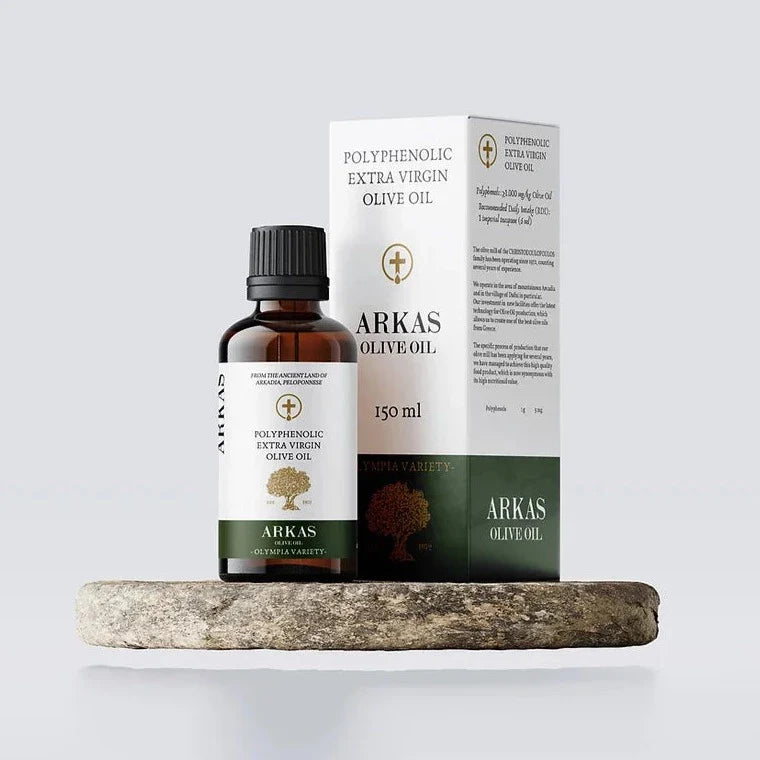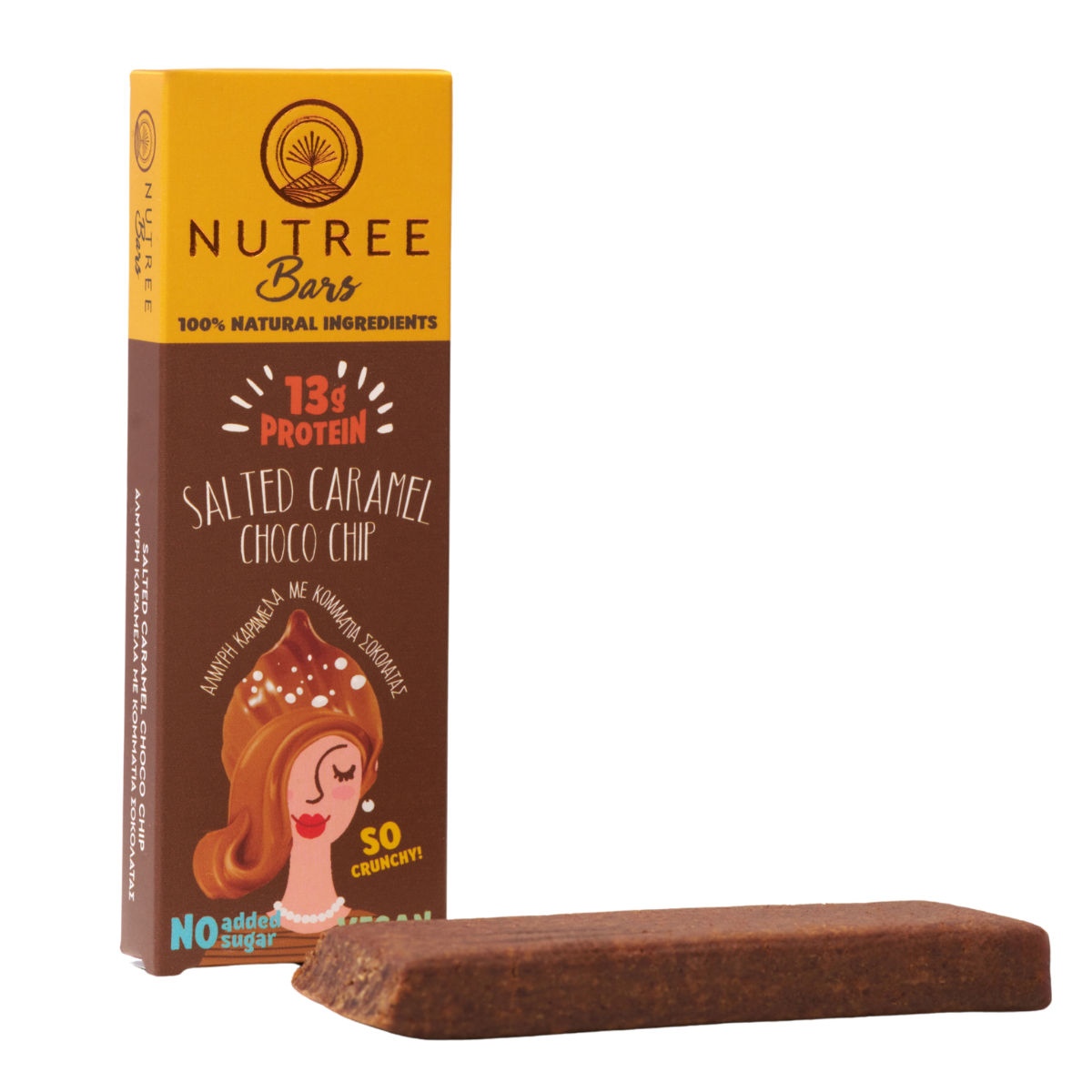The Hidden Sugar Trap: How Your "Healthy" Diet Could Be Sabotaging You
Introduction: The Illusion of a "Low-Sugar" Diet
You've swapped soda for sparkling water and dessert for Greek yogurt. So why are you still battling energy crashes, stubborn weight, and constant cravings?
The culprit isn't a lack of willpower—it's a lack of awareness. Sugar is hidden in over 74% of packaged foods, often disguised under 60+ different names, making it the silent saboteur of even the most conscientious diets.
This isn't about willpower. It's about wiring. And once you understand the trap, you can finally break free.
1. Where Hidden Sugars Lurk: The 60+ Name Game
Food manufacturers use a plethora of scientific and "healthy-sounding" names to disguise added sugars, making them incredibly difficult to spot on ingredient lists.
Be on high alert for these categories:
- Syrups: High-fructose corn syrup, malt syrup, brown rice syrup, oat syrup.
- Juices and Concentrates: Fruit juice concentrate, apple juice concentrate, pear purée.
- "Natural" Disguises: Agave nectar, coconut sugar, organic cane juice, maple syrup.
- The "-ose" Brigade: Sucrose, dextrose, fructose, maltose, galactose.
Where to find them: "Healthy" snacks like granola bars, flavored yogurts, instant oatmeal, salad dressings, marinara sauce, protein shakes, and whole-grain bread.
The Scale of the Problem: A landmark study published in The BMJ found that a staggering 74% of packaged foods in the US contained added sweeteners. This isn't just in obvious treats; it's in bread, soup, crackers, and seemingly 'healthy' options 【1】.
2. Why It’s So Hard to Quit: The Neuroscience of Addiction
Sugar's addictiveness isn't just anecdotal; it's neurobiological. Consuming sugar triggers a release of dopamine in the brain's reward center (the nucleus accumbens), creating a feeling of pleasure.
Over time, repeated sugar intake can downregulate dopamine receptors, meaning you need more sugar to achieve the same feeling of reward—a hallmark of tolerance seen in addictive substances.
While the term 'addiction' is debated for food, human brain scan studies show that high-sugar foods activate reward regions similarly to addictive drugs 【2】. This neural rewiring explains why willpower alone is often insufficient against a bowl of chips or cookies. Furthermore, research shows that combining sugar with fat (a common practice in processed foods) creates a supra-additive effect on the brain's reward system, making these foods particularly hard to resist 【3】.
3. The Silent Health Toll: Beyond Empty Calories
The impact of hidden sugar is not just about weight; it's about systemic metabolic dysfunction.
- Non-Alcoholic Fatty Liver Disease (NAFLD): The fructose component of added sugars is primarily metabolized by the liver. Chronic excess intake is a direct driver of NAFLD, which now affects 1 in 4 adults globally 【4】.
- Cardiovascular Disease: A seminal study in JAMA Internal Medicine demonstrated a dose-dependent relationship between added sugar and cardiovascular mortality. Those who consumed more than 25% of their daily calories from added sugar had a 2.75-fold increased risk of death from heart disease compared to those who consumed less than 10% 【5】.
- Insulin Resistance: Constant sugar spikes force the pancreas to pump out more insulin, leading to cellular insulin resistance—the precursor to Type 2 diabetes.
4. Your Action Plan: How to Spot and Cut Hidden Sugars
- The 5-Ingredient Rule: If a product has more than 5-10 ingredients, or any form of sugar in the top 3, be skeptical.
- The "ose" and "syrup" Hunt: Scan for words ending in "-ose" (sucrose, dextrose, fructose) and anything "syrup."
- Use the "Per 100g" Column: This is the only way to fairly compare products. >15g of total sugar per 100g is high; <5g is low.
- Embrace Whole Foods: The only guaranteed way to avoid hidden sugars is to choose foods that don't need a label.
5. A Smarter Alternative: Fuel with Purpose, Not Just Sugar
At RealFUEL+, we believe in transparent fueling. Our products are sourced to provide sustained energy without the neurological and metabolic tricks of hidden sugars.
- Nomad Honey Gels: Use natural premium organic honey as a primary fuel source, avoiding the isolated fructose and chemical cocktails found in conventional gels.
- Nutree Adoraballs & Crunch Bars: Sweetened only with whole fruits and natural ingredients, never with isolated syrups or juice concentrates that drive liver fat storage.
- Mediterranean Staples (EVOO, Figs, Currants): Nutrient-rich, whole-food options that provide natural sweetness and energy aligned with the principles of the world's healthiest diets.
This commitment means you get functional energy that supports your health, not undermines it.
Conclusion: Take Back Control
Sugar isn't a treat anymore; it's a default ingredient designed to keep you coming back for more. By learning its many names and understanding its profound effects on your brain and body, you can shift from being a victim of the food environment to being its master.
Choose whole foods. Read labels relentlessly. And when you need convenient fuel, choose products designed for your health, not just your taste buds.
Ready to escape the sugar trap? Explore RealFUEL+’s range of transparent, functional fuels designed for performance and well-being.
References:
- Steele, E. M., et al. (2016). Widespread occurrence of added sugars in packaged foods sold in the US. The BMJ, 353:i1246. https://doi.org/10.1136/bmj.i1246
- Lennerz, B. S., & Lennerz, J. K. (2018). Food Addiction, High-Glycemic-Index Carbohydrates, and Obesity. Clinical Chemistry, 64(1), 64–71. https://doi.org/10.1373/clinchem.2017.273532
- DiFeliceantonio, A. G., et al. (2018). Supra-additive effects of combining fat and carbohydrate on food reward. Cell Metabolism, 28(1), 33-44.e3. https://doi.org/10.1016/j.cmet.2018.05.018
- Younossi, Z. M., et al. (2016). Global epidemiology of nonalcoholic fatty liver disease—Meta-analytic assessment of prevalence, incidence, and outcomes. Hepatology, 64(1), 73-84. https://doi.org/10.1002/hep.28431
- Yang, Q., et al. (2014). Added Sugar Intake and Cardiovascular Diseases Mortality Among US Adults. JAMA Internal Medicine, 174(4), 516–524. https://doi.org/10.1001/jamainternmed.2013.13563
Disclaimer: This article is for informational purposes only and does not constitute medical advice. Always consult with a healthcare professional for personal health decisions.



